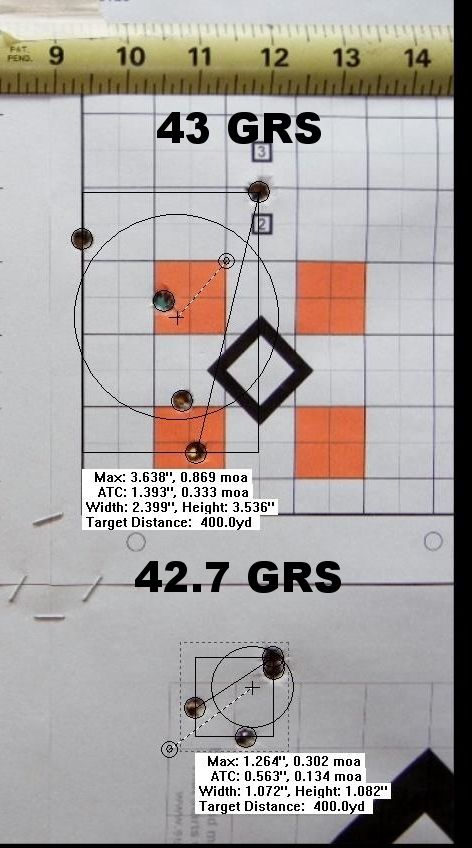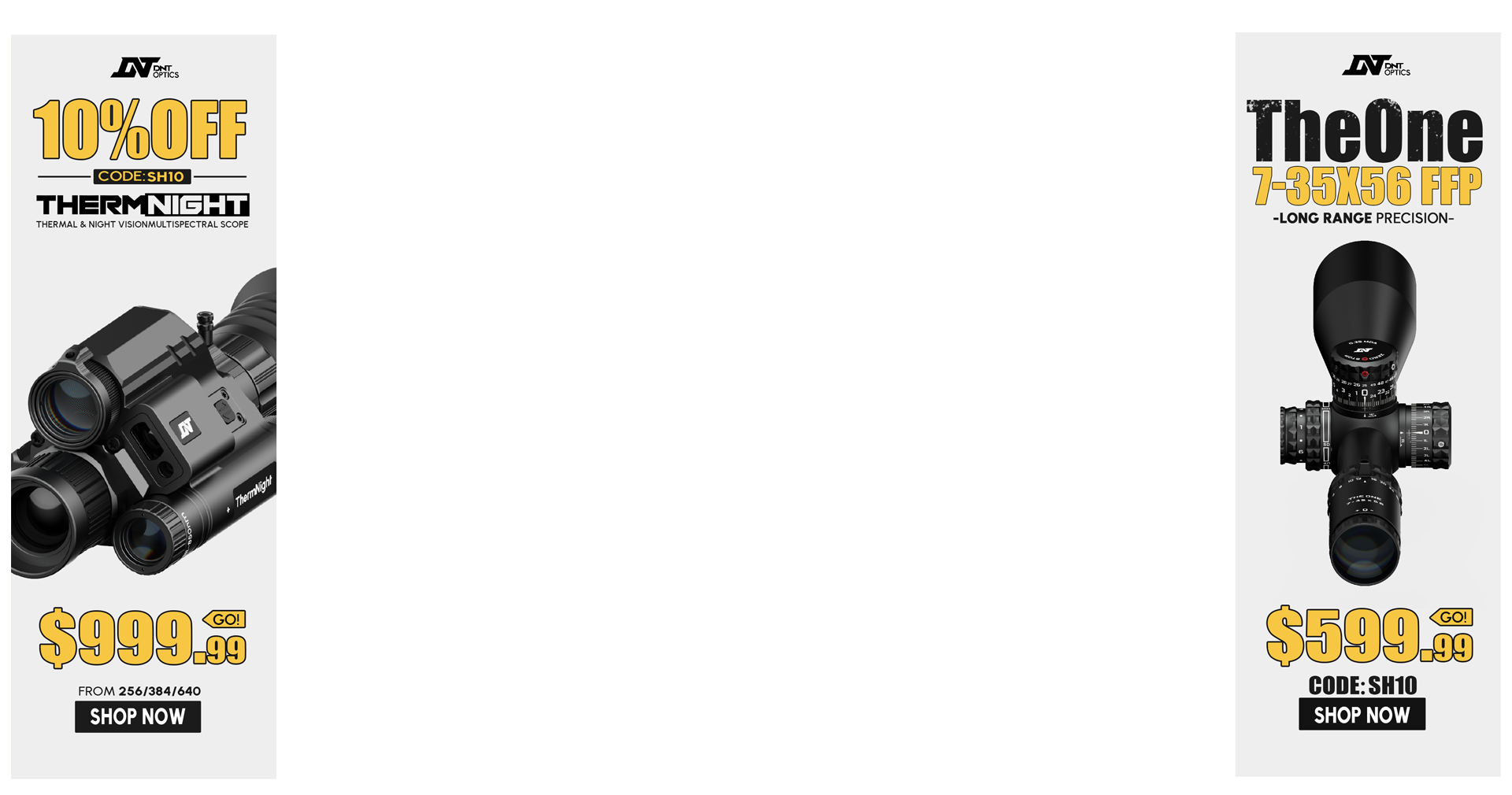The rifle is a .308 Winchester Rock Creek 5R barrel at 26.5" in length, Action a Rem 700, Jewell 2 oz trigger and Tubb FP spring. Optic is an 8.5 X 25 Leupold LRT with a fine duplex. Stock is the HS precision factory with bedding block. Rifle is a good shooter and this particular test was to determine which load was a better shooter based on only the charge weight was different. Remarkably the Oehler chronograph recorded only a one foot per second difference between these two groups. With the 42.7 grains yielding 2619 sd of 17 and the 43.0 grain charge giving 2618 ft/secs and SD of 5. Actual firing conditions favored the top group slightly as the wind was inconsistent in the first lower group. Bullet 185 Berger, powder Varget, primers Federal 210 match grade. Cartridge overall length for my chamber 2.922".
What this showed me was how important internal aspects of ballistics are as sheer velocity is not the only answer to precision shooting.

What this showed me was how important internal aspects of ballistics are as sheer velocity is not the only answer to precision shooting.


